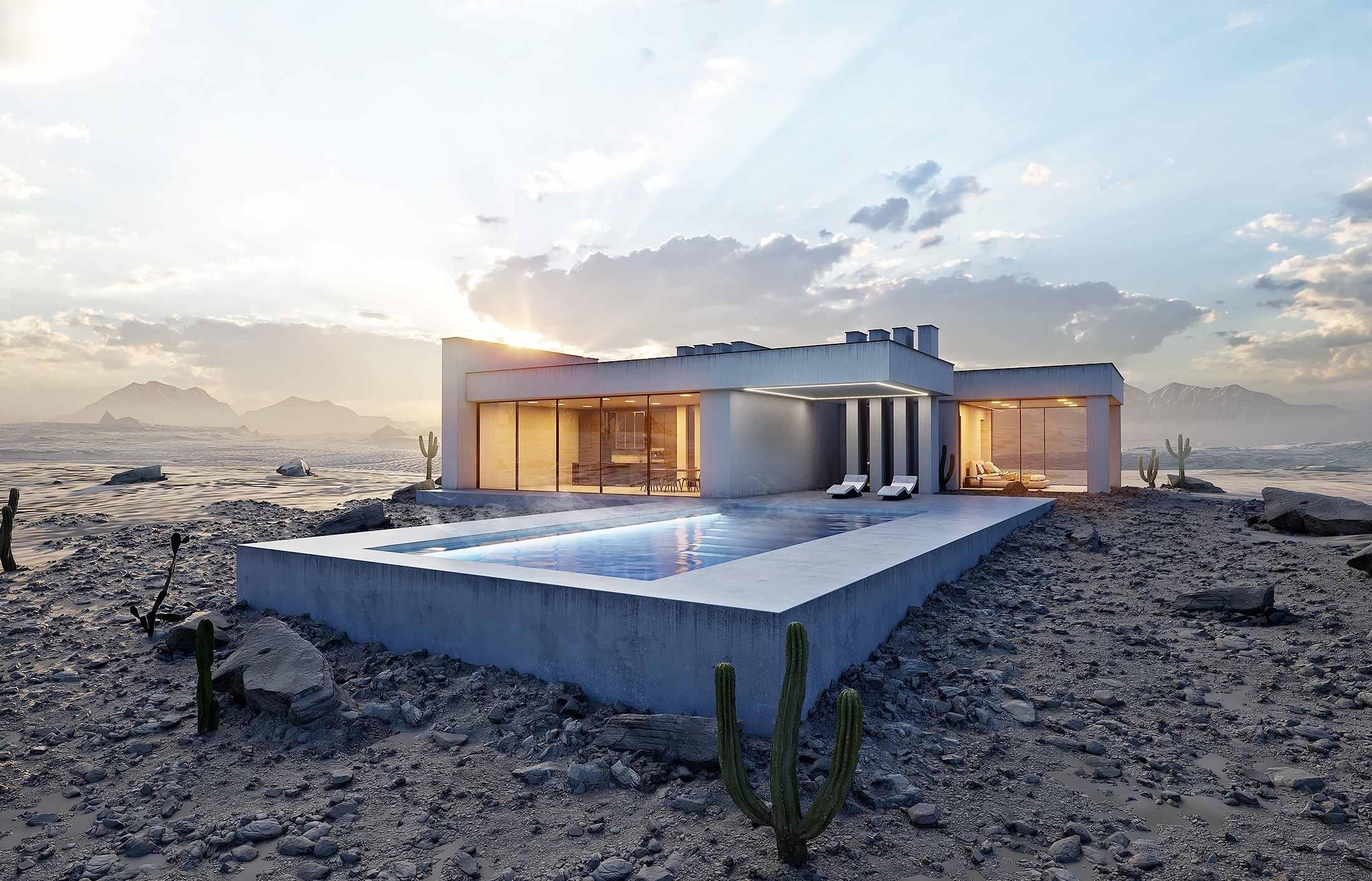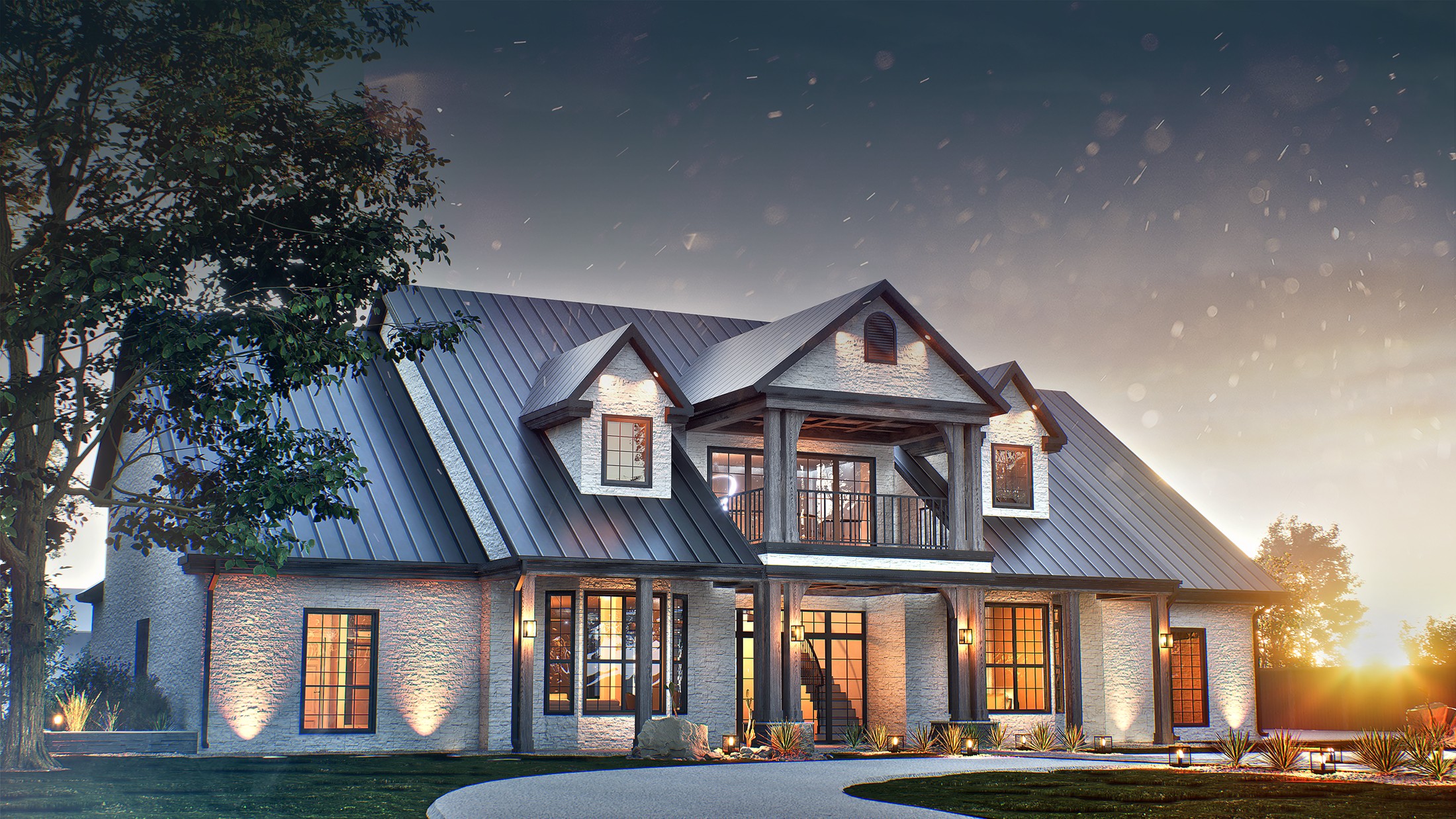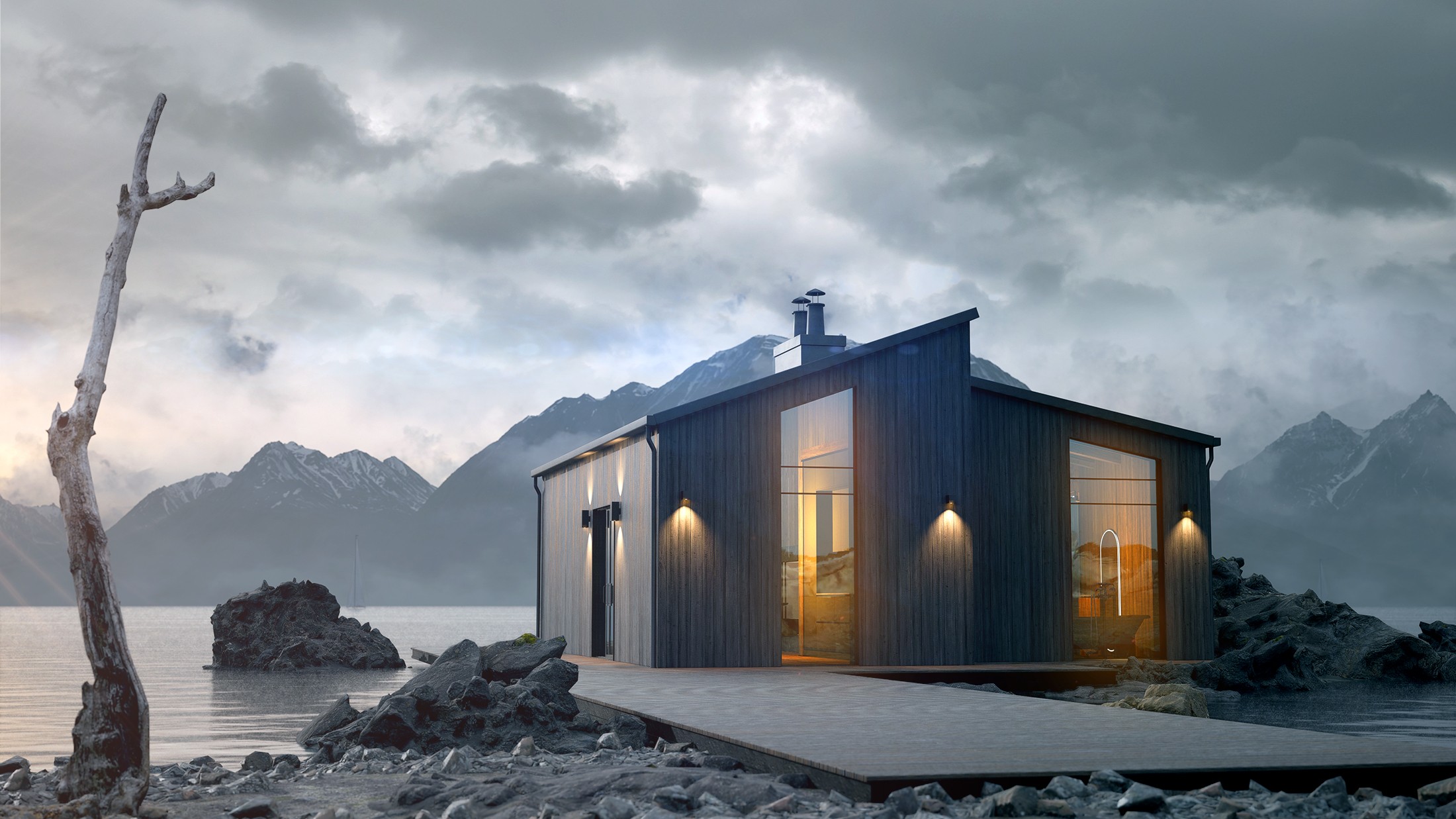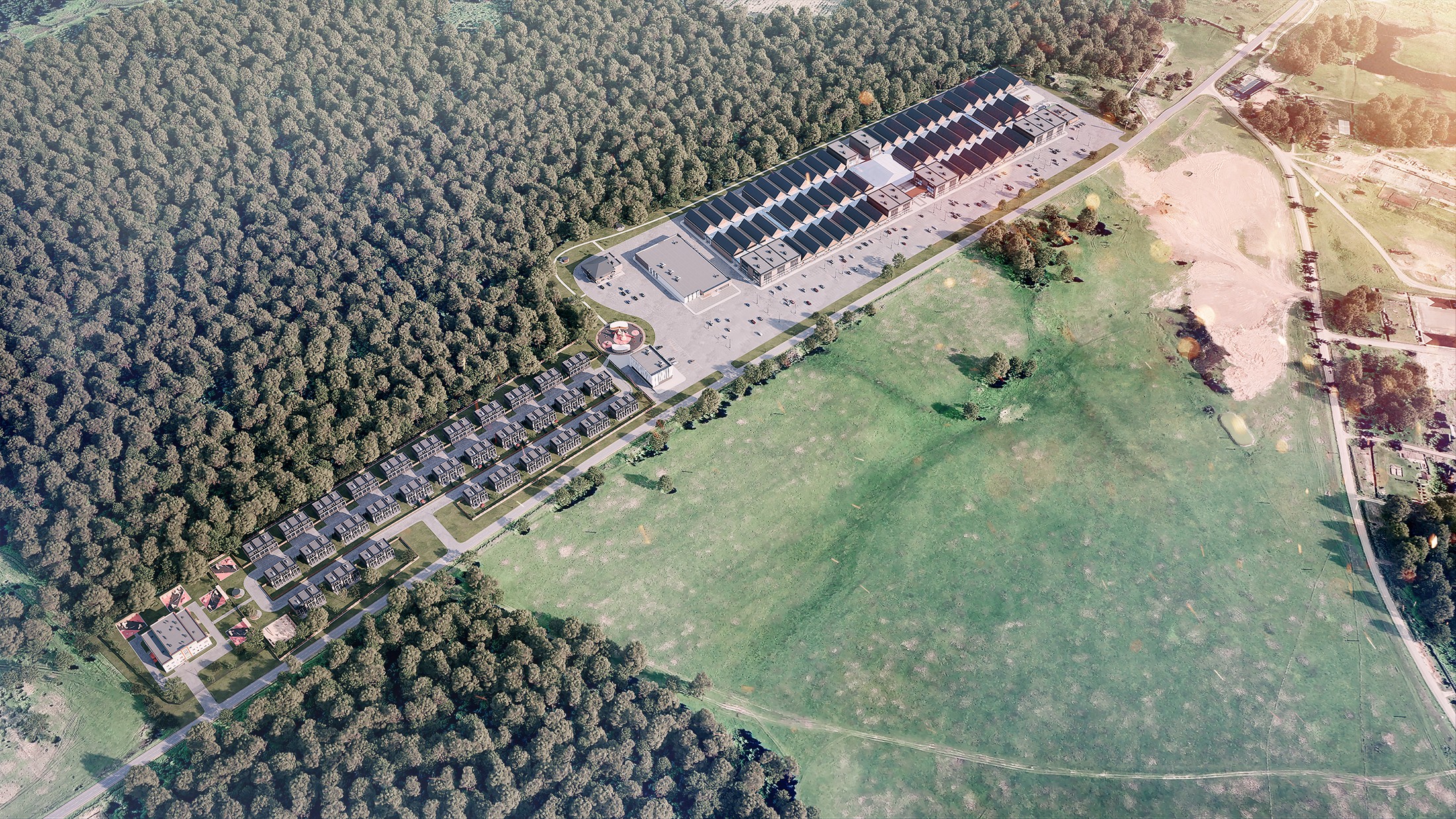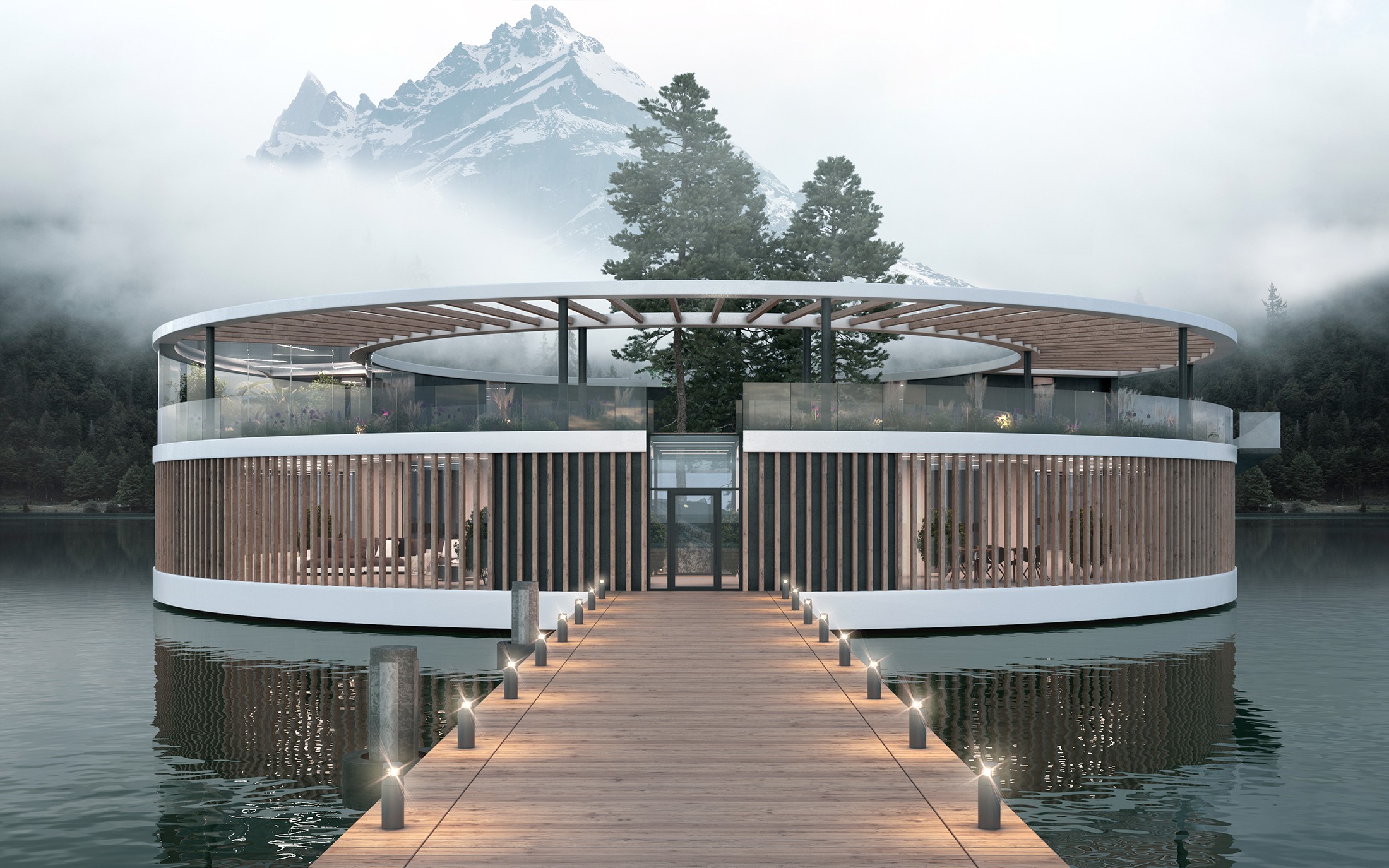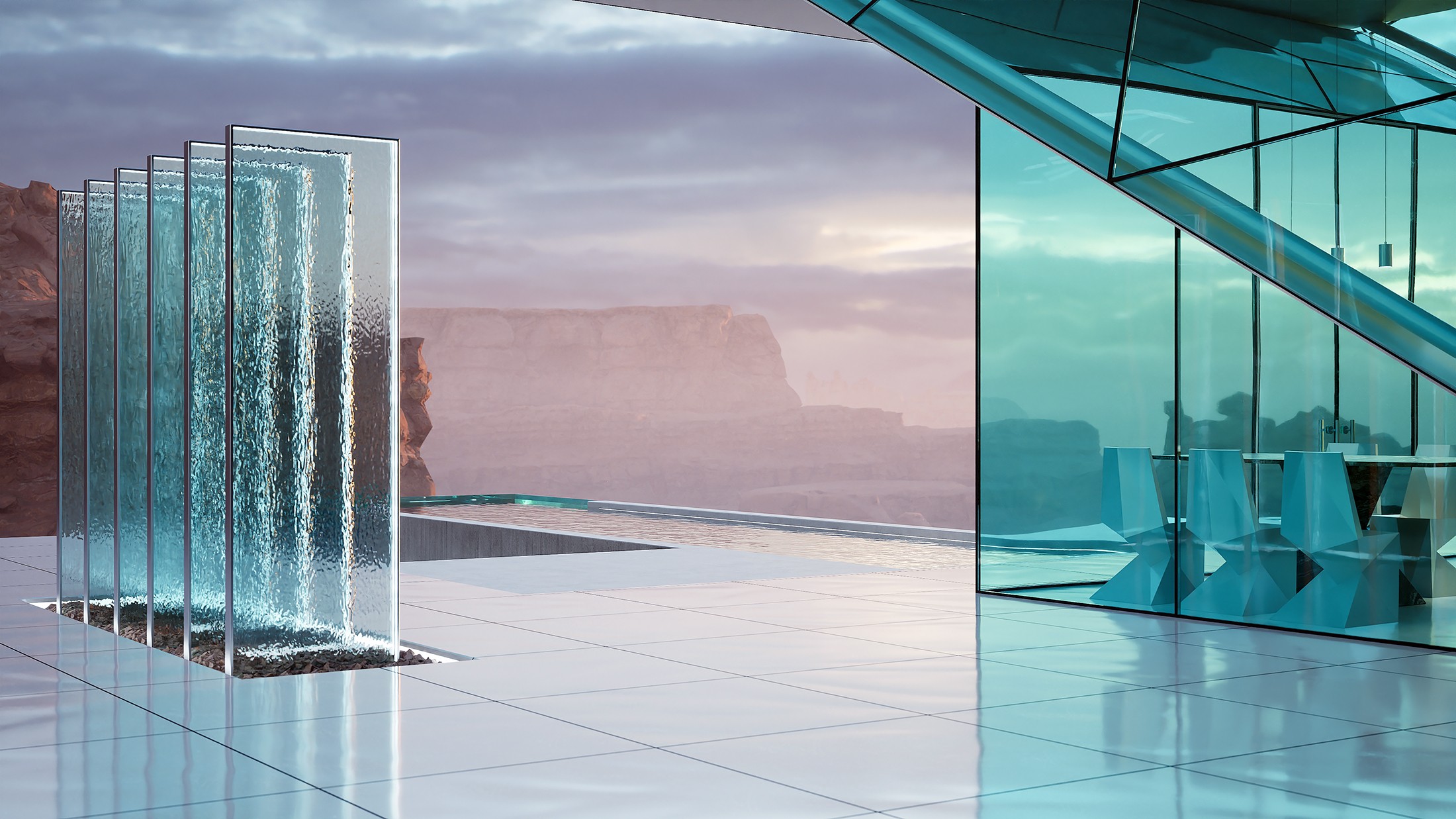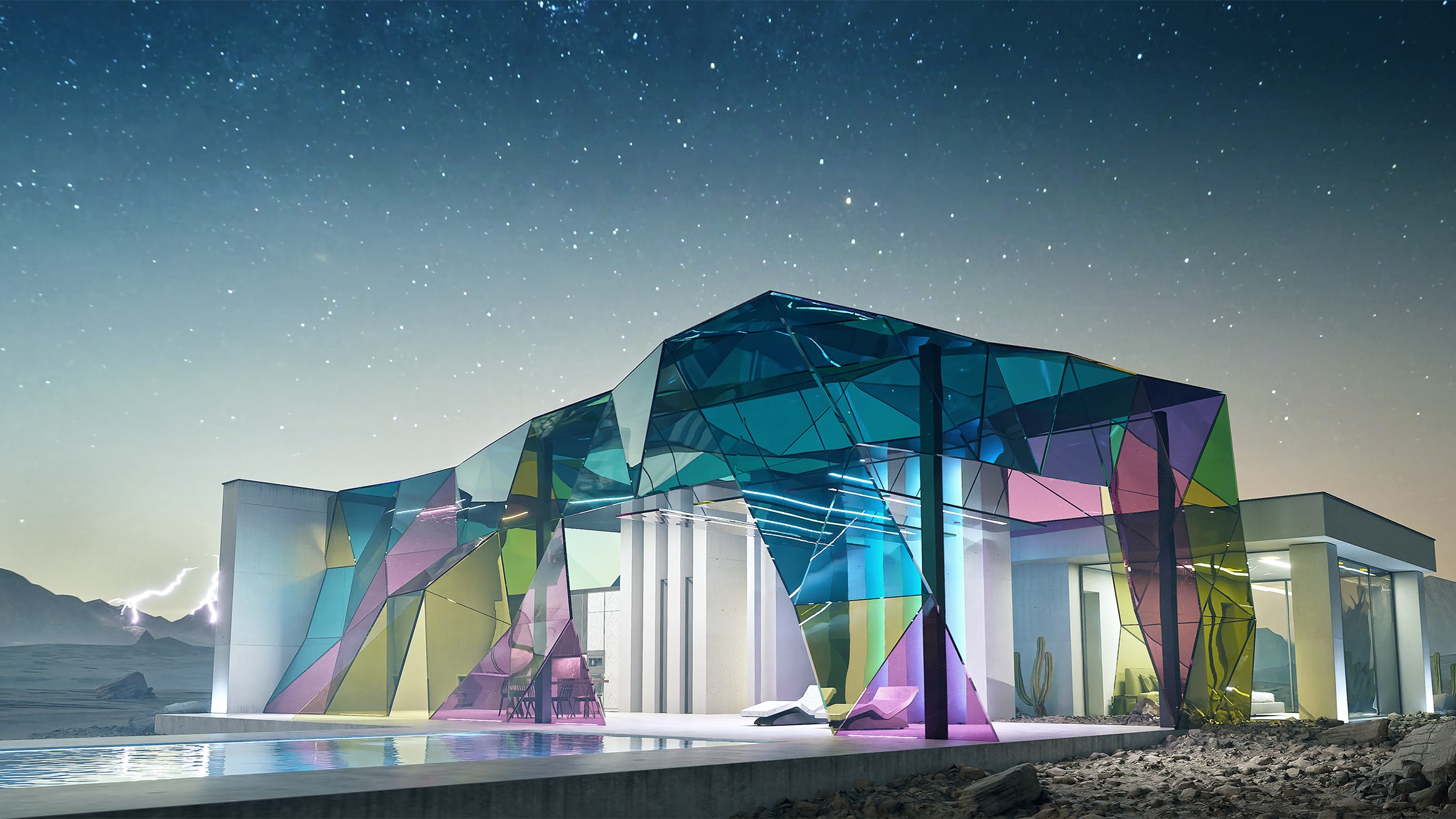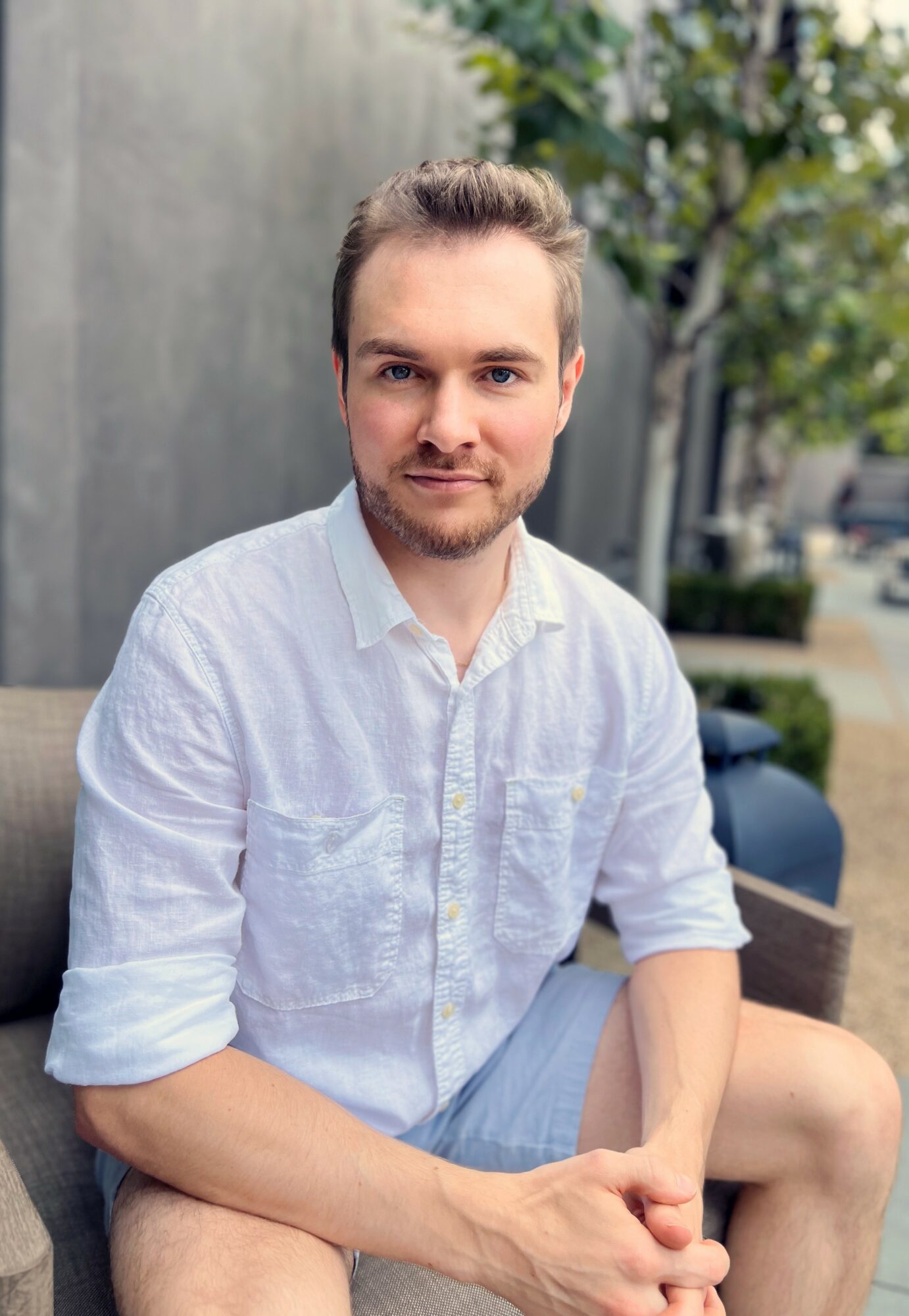

Today we’d like to introduce you to Stan Zhuikov
Alright, so thank you so much for sharing your story and insight with our readers. To kick things off, can you tell us a bit about how you got started?
My passion for architecture began in childhood. From a young age, I was fascinated by architectural monuments, their history, and the technologies used to construct them. In middle school, my curiosity took a more focused direction as I became deeply interested in learning 3D modeling. This blend of interest in architecture and the creation of virtual environments made my career choice clear.
I earned both a bachelor’s and a master’s degree in architecture, which allowed me to delve into design and the technological aspects of spatial creation. After university, I gained experience working at several international companies, where I contributed to projects of various scales and purposes, from residential complexes to commercial and public buildings. One of the unique projects I worked on was the development of floating architectural structures for the 2018 FIFA World Cup.
With 10 years of experience in construction and architecture, I’ve identified key stages where issues often arise between clients and contractors. These stages require particular attention and clear communication to ensure the successful completion of the project.
1 – The Challenge of Spatial Perception. One of the common issues clients face during the conceptual stage of an architectural project is the difficulty in understanding drawings and plans. Spatial perception, especially regarding volume, scale, and proportions, often requires a certain level of abstract thinking. This can result in challenges such as:
Difficulty interpreting technical drawings,
Misunderstanding of scale and proportions,
Problems with perceiving light and shadow,
Inability to visualize movement within the space,
Failure to grasp spatial constraints,
Lack of tactile understanding of textures and materials.
2 – Project Realization. At the construction phase, discrepancies can arise between the client’s initial vision of the project and how the project materializes during the build. This often leads to project modifications and unexpected expenses due to necessary adjustments or enhancements. Another significant challenge during this stage is ensuring that the construction process aligns with the design specifications, requiring constant oversight.
Every time I encountered these challenges, I sought optimal solutions. With the advancement of technology, the answer became clear: Why not use game industry technology to benefit architecture and design? Game engines, which are used to build video games, turned out to be the perfect tool for creating virtual environments. These environments allow clients to immerse themselves in their future projects in real time, whether through virtual reality or on any device—laptops, tablets, or smartphones.
Interactive 3D models and VR technologies greatly improve the control over the construction process, providing clients with the ability to immerse themselves deeper into the project and track its progress at every stage.
I tested this new form of presenting architectural projects with several clients, and I noticed that it significantly accelerated the decision-making process. The experience of exploring the project became an engaging, immersive journey for clients. Interactive 3D models and VR solutions enable clients to visualize and “feel” the space as early as the conceptual phase. This approach solves issues with spatial perception, giving clients full control over the project by providing a precise virtual copy of the building. At any point, clients can explore every corner of the virtual environment and monitor the construction process in real-time.
For the past two years, I have specialized in creating immersive interactive projects for architecture. This type of product is not only valuable for architectural clients but also for developers and real estate companies. Through the creation of architectural configurators, potential buyers can design and customize their homes to meet their needs and preferences in real-time, similar to how automotive configurators work through a web browser.
I truly love what I do. For me, work is my passion. I enjoy sharing my expertise on my YouTube channel, and I have also created a training course for professionals who want to learn how to develop immersive interactive presentations for architectural and design projects.
We all face challenges, but looking back would you describe it as a relatively smooth road?
The beginning of my journey was undoubtedly the hardest part. For several years, I devoted all my time to learning and honing my professional skills. In my field, progress is a constant pursuit of solutions, as every project is unique, much like each client with their individual vision and requirements for an ideal space. Every project presents a new challenge. To remain a sought-after professional, it’s essential to always stay ahead of the curve—constantly learning new design tools, adopting the latest technologies, and exploring innovative materials.
Great, so let’s talk business. Can you tell our readers more about what you do and what you think sets you apart from others?
I specialize in creating immersive and interactive visualizations for architectural projects, primarily using Unreal Engine. My focus is on providing innovative solutions that allow clients, developers, and real estate companies to explore their projects in real-time, either through virtual reality or interactive 3D models. What sets me apart is the ability to deliver fully immersive experiences that not only present architectural designs visually but allow clients to engage with the space—understanding scale, movement, light, and materiality in a way that traditional methods simply cannot achieve.
One of my core strengths lies in the development of **architectural configurators**, which empower potential buyers to customize properties in real-time, much like automotive configurators, directly through their web browsers. This unique approach transforms how developers and real estate companies present their projects, offering clients an engaging, hands-on experience from the conceptual stage to the final build.
Over the past 10 years, I’ve had the privilege of working on a diverse range of projects across various countries and scales, including unique structures like the floating architectural objects for the 2018 FIFA World Cup. This vast experience has allowed me to understand the challenges faced by both clients and contractors, and I’ve found that leveraging game engine technology bridges the gap between vision and execution.
Brand-wise, I am most proud of how my services help streamline decision-making processes and improve project communication. Clients can fully immerse themselves in their future spaces, reducing ambiguity and ensuring that their vision is realized. This approach not only elevates the presentation of architectural projects but also enhances transparency and control during construction.
What I want readers to know is that my brand is about innovation, immersion, and making the architectural process more accessible and engaging for everyone involved**. Whether it’s through VR, interactive 3D tours, or real-time configurators, I offer a unique way for clients to experience their projects long before they break ground.
What has been the most important lesson you’ve learned along your journey?
The most important lesson I’ve learned along my journey is to **believe in what you do and stay committed to your chosen path**. No matter the challenges, it’s crucial to keep moving forward, continuously developing both personally and professionally. Growth never stops—there’s always room to refine your skills, try new approaches, and seek innovative solutions to problems. Setting clear goals and pursuing them with determination has been key to my success. Ultimately, persistence and adaptability have taught me that progress comes from pushing boundaries and never settling for less than excellence.
Contact Info:
- Website: https://www.stan3dart.com/
- Instagram: https://www.instagram.com/stanzhuikov?igsh=ejE2emE4czg4eXA0&utm_source=qr
- Youtube: https://www.youtube.com/@stan3dart
